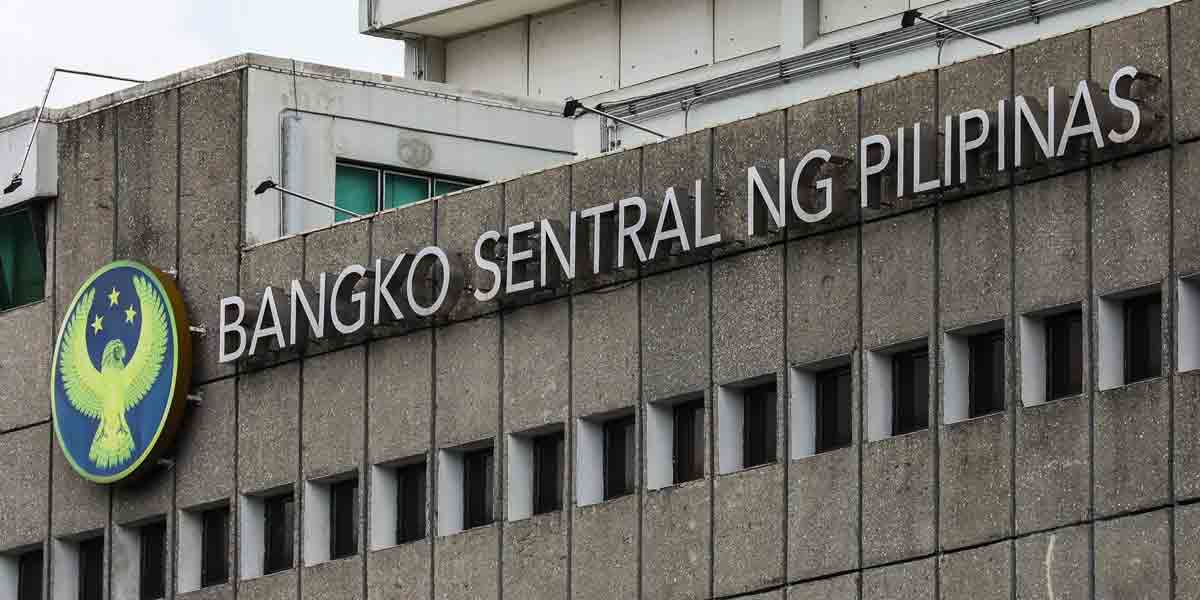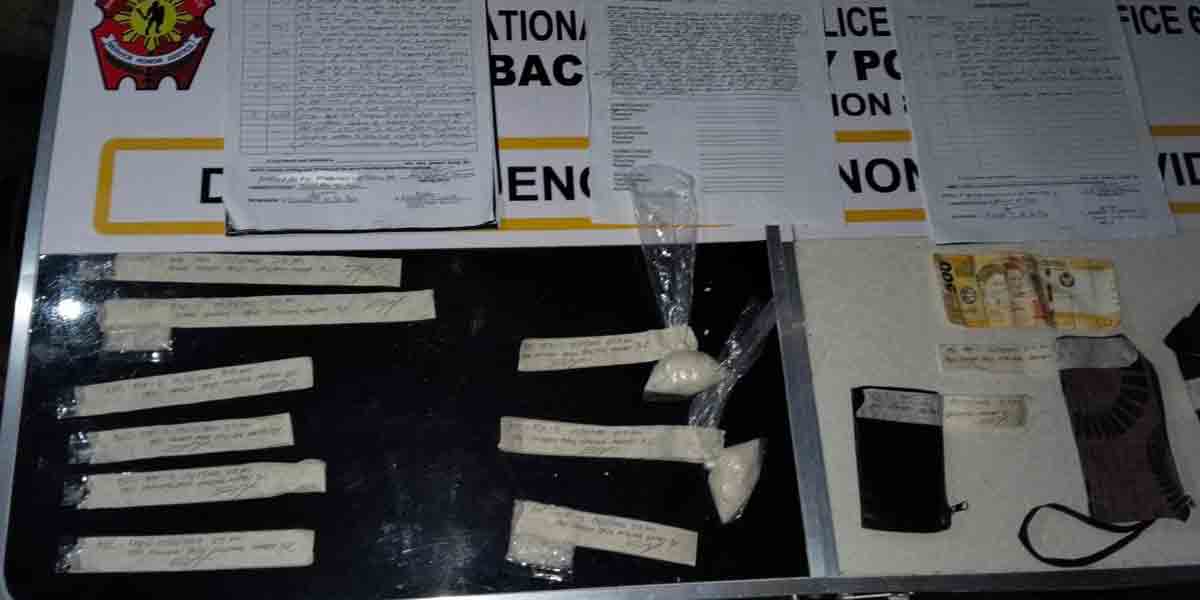The Philippines’ gross international reserves (GIR) stood at $103.0 billion as of January 2025, reflecting a decline from the $106.3 billion level recorded at the end of 2024, according to preliminary data from the Bangko Sentral ng Pilipinas (BSP).
Despite the drop, the GIR remains a strong external liquidity buffer, covering 7.3 months’ worth of imports and standing at 3.6 times the country’s short-term external debt based on residual maturity.
BSP attributed the month-on-month decrease to net foreign exchange operations and the national government’s drawdown on its deposits to service foreign currency debt obligations.
The net international reserves (NIR), which factors in reserve liabilities, also fell by $3.2 billion to settle at $103.0 billion from $106.2 billion in December 2024.
BSP’s reserve assets include foreign investments, gold holdings, foreign exchange, the reserve position in the International Monetary Fund (IMF), and special drawing rights.
By international standards, a GIR level is deemed sufficient if it covers at least three months’ worth of imports and ensures the country can meet its short-term external obligations.
The reserves serve as a safeguard for the country’s economic stability, reinforcing the BSP’s ability to cushion against external shocks and currency fluctuations.
While the latest decline is notable, the GIR remains well above the minimum adequacy threshold, ensuring the country’s capacity to manage its external obligations and maintain financial stability.






















